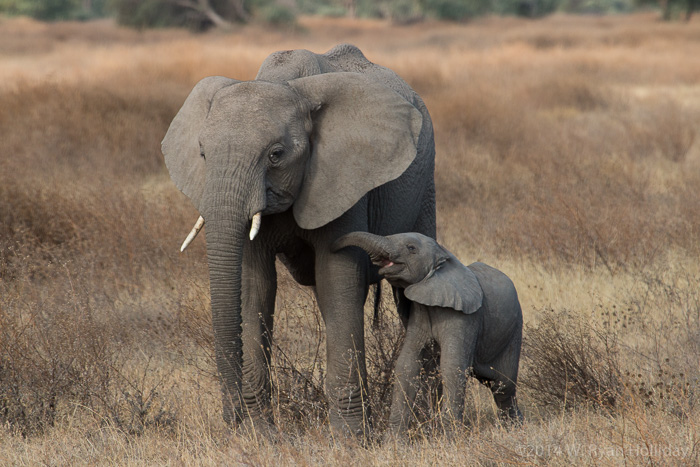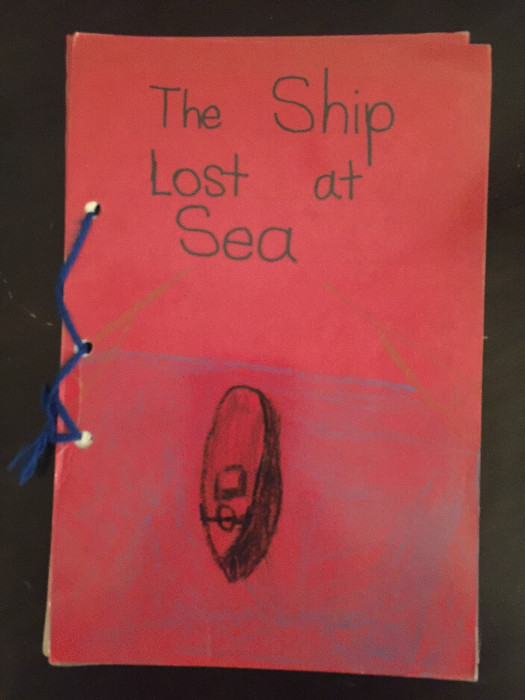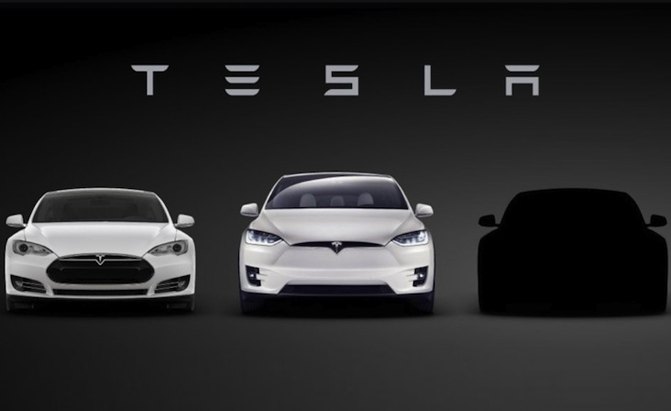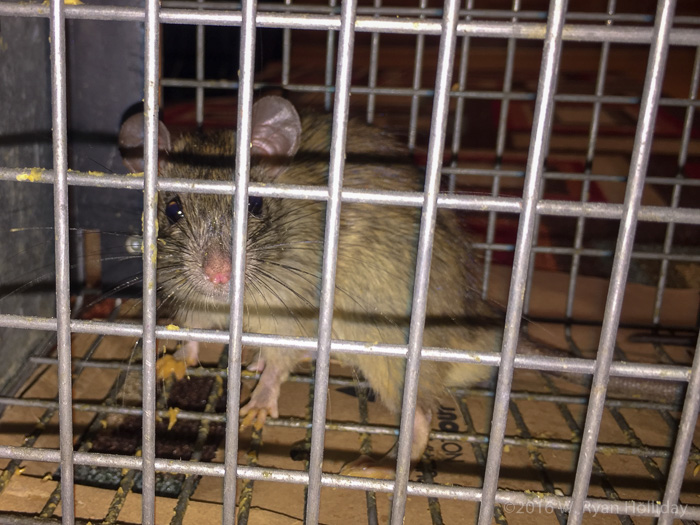Here’s a round-up of exciting news in the engineering world, which means this is a journal entry that probably only my dad and I will read in full:
- On August 14th SpaceX landed its sixth rocket (two on land, four on a barge at sea), making this amazing feat of engineering seem almost ordinary. Even better, the first rocket that they ever landed is now on display at their headquarters down the road in Hawthorne, so Audrey and I got to visit it this past weekend, and can do so again anytime I need a spaceship in my life (i.e. a lot). Supposedly they will be launching the initial flight of their Falcon Heavy rocket, the most powerful rocket to take to the skies since the Apollo era, before the end of the year. SpaceX also claims to be on schedule with their manned program, so people may be regularly going to space in a non-Russian rocket again starting next year. Finally, they are going to announce details about their BFR (yes, it stands for what you think it stands for) for traveling to Mars in the coming months. We live in the best time in history.
- Tesla just announced an upgrade to the Model-S that they have dubbed the P100D. The new model goes 0-60 in 2.5 seconds, travels 315 miles on a charge, and costs more than the combined price of six Subarus. Luckily, the trickle-down effect ensures that their less expensive cars will eventually inherit much of this new technology, so those of us who don’t want to take out a second mortgage to buy an electric car won’t have to do so. Additionally, they continue to claim that the Model-3 is on schedule for deliveries in late 2017, the ginormous Gigafactory, while still only a fraction of its eventual size, is already being used to produce battery packs, and all-in-all Tesla remains the coolest car/energy/battery company that has ever existed. Did I mention that we live in the best time in history?
- In non-Elon Musk news, Boeing’s new 737-MAX airplane is well into its test flight schedule and might actually be ready to deliver earlier than planned; the new plane was originally scheduled to begin service with Southwest in the third quarter of 2017, but it looks like it will be delivered several months sooner. Given the fact that the 737 is the most common passenger plane in the air today, the majority of air travelers will soon enjoy quieter, more comfortable, and more efficient air travel. Planes aren’t as awesome as spaceships (what is?) but they occupy an exclusive level of coolness that is shared with few other human endeavors.
- Locally, the much-maligned California High Speed Rail project is actually under construction, with bridges, viaducts and other structures being built near Fresno. The project thus far is a great idea that has spawned a series of ever-more-dismaying disappointments, but even with its problems it now seems highly likely that in 10-25 years it will actually be completed, after which Californians will probably wonder why anyone would have opposed such a valuable piece of infrastructure. And for the record, high speed trains occupy a similar realm of coolness as airplanes.
There’s obviously lots of other excitement going on in the engineering world, but I like spaceships and planes and trains and batteries, so that’s what goes in the journal. If you’ve read this far and are lamenting the lack of stories about animals attacking me in the Antarctic or mornings spent thawing boots after a frigid night sleeping in the back of a Subaru, the coming months will have a bit of travel in them, so give it another few weeks before you decide to delete your bookmark.






